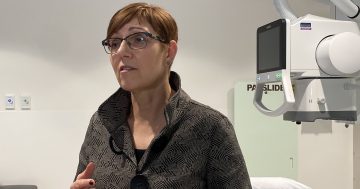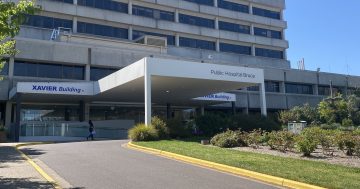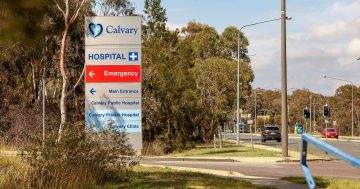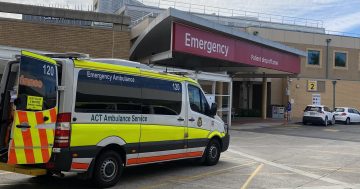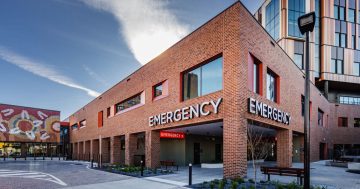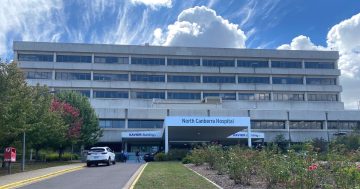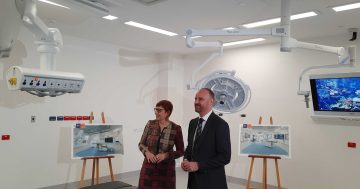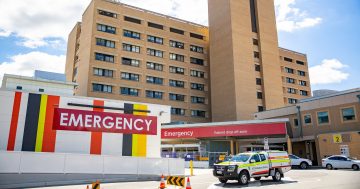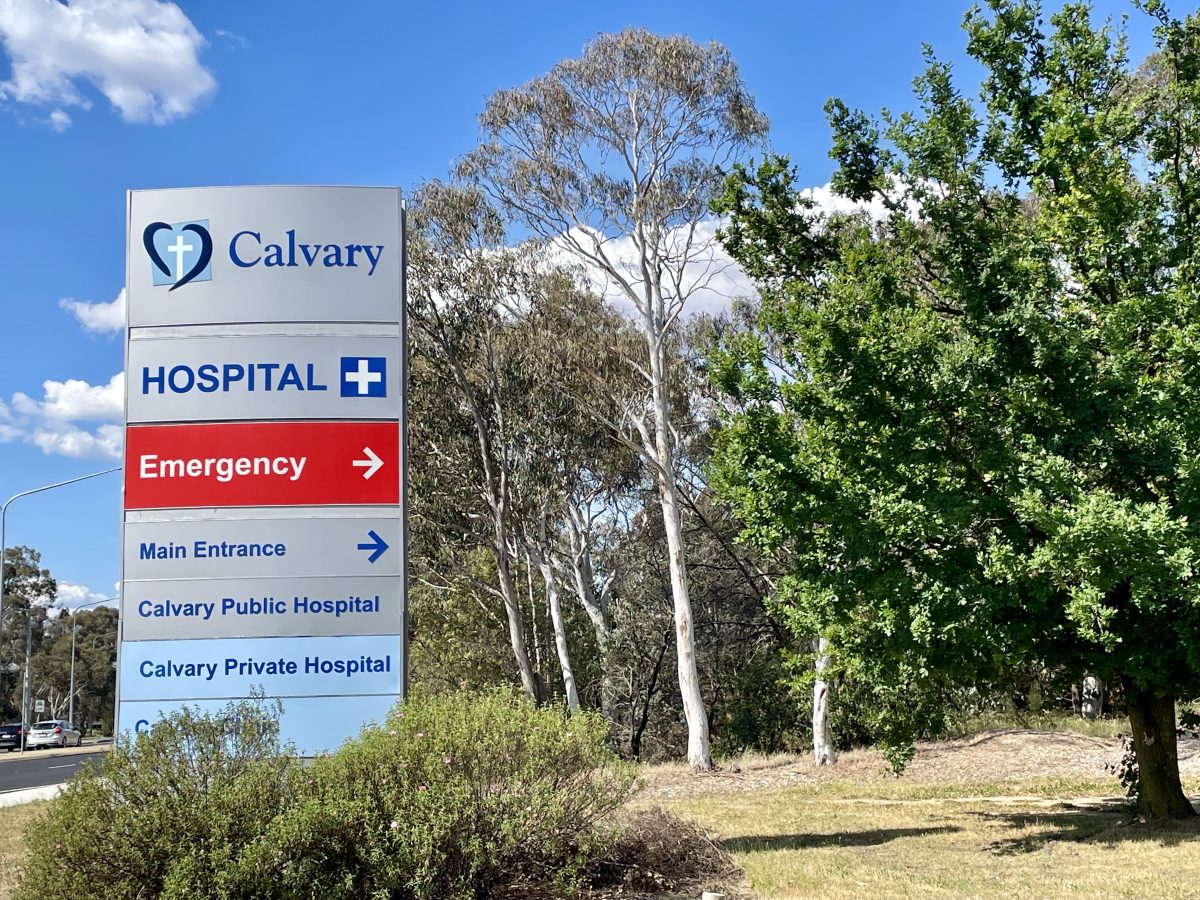
The average overdue wait time for all elective surgery patients in the ACT was 144.2 days, up from 122.9 days a year earlier. Photo: Lizzie Waymouth.
The ACT Government has promised a “record number” of elective surgeries this financial year, but the latest figures suggest Canberra’s public hospitals are still falling behind when it comes to seeing patients within the clinically recommended time.
According to the most recent Australian Institute of Health and Welfare (AIHW) data, 69.2 per cent of patients on public hospital elective surgery waiting lists in the ACT were seen within the recommended timeframe in 2022-23, down from 77.7 per cent in 2021-22.
Just over 12,600 patients were admitted for elective surgeries in ACT public hospitals in 2022-23, of which more than 3890 were not seen within the clinically recommended time.
Patients most likely to be left waiting were those in Category 2 for clinical urgency, which are supposed to be seen within 90 days. More than half (51.4 per cent) the patients in this category waited longer than 90 days to be admitted.
The average overdue wait time for all elective surgery patients in the ACT was 144.2 days, up from 122.9 days a year earlier.
ACT Health promised to deliver 14,800 elective surgeries in the last financial year; in September, Health Minister Rachel Stephen-Smith said the ACT is aiming for a record 15,500 elective surgeries this financial year after an extra $6.7 million was allocated to help achieve this goal.
AIHW spokesperson Clara Jellie said elective surgery waiting times across Australia were at the highest level in 20 years in 2022-23 as hospitals continued to struggle with pandemic-related delays.
On a national level, 9.6 per cent of patients waited more than 365 days for elective surgery, up from 2.1 per cent before the pandemic.
In the ACT, 8.1 per cent of patients waited more than a year for surgery, compared with 5.8 per cent a year earlier and 6.9 per cent in 2019-20.
For some surgeries, the proportion of patients waiting longer than 365 days was considerably higher: one in five orthopaedic surgery patients, 16.7 per cent of hysterectomy patients, 30.6 per cent of hip replacement and 56.4 per cent of knee replacement patients in the ACT waited over a year.
“Public hospitals made concerted efforts during 2020-21 and 2022-23 to work through procedures earlier delayed when non-urgent surgeries were suspended. But because of these earlier delays, overall waiting times for people admitted for care have increased,” Ms Jellie said.
On top of this, the ACT has had to contend with delays caused by the electrical fire at North Canberra Hospital (formerly Calvary Public Hospital Bruce) in December 2022, which left operating theatres closed for months.
The all-new operating theatres reopened in October, and a Canberra Health Services spokesman said this will help boost capacity across the ACT.
“Elective surgery wait times continue to be a challenge across Australia and a key focus for Canberra Health Services,” he said.
“The theatre fire at Calvary Public Hospital in December 2022 reduced public hospital theatre capacity by 25 per cent. This had a significant impact on elective surgery capacity across the Territory during the 2022-23 financial year.”
Elective surgery capacity was also affected by the high level of respiratory illness in winter 2022 and a planned reduction in elective surgeries. More than 11,000 team members were trained during the implementation of the Digital Health Record, which went live in November 2022.
“Despite these challenges, our Territory-wide surgical teams delivered 85 per cent of the ACT’s 14,800 elective surgeries target, with 12,640 public elective surgeries performed. Canberra Hospital met its target, and many planned surgeries were also delivered through our strong partnerships with private hospitals,” the spokesman said.













